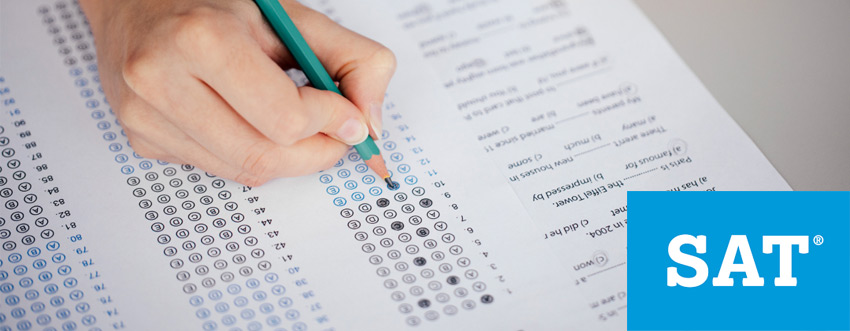SAT
Law School Admission Test (LSAT)
The Law School Admission Test (LSAT) is a half-day standardized test administered four times each year at designated testing centers throughout the world. Administered by the Law School Admission Council (LSAC) for prospective law school candidates, the LSAT is designed to assess reading comprehension, logical, and verbal reasoning proficiencies. The test is an integral part of the law school admission process in the United States, Canada (common law programs only), the University of Melbourne, Australia, and a growing number of other countries. An applicant cannot take the LSAT more than three times within a two-year period.
The test has existed in some form since 1948, when it was created to give law schools a standardized way to assess applicants aside from GPA . The current form of the exam has been used since 1991. The exam has six total sections: four scored multiple choice sections, an unscored experimental section, and an unscored writing section. Raw scores are converted to a scaled score with a high of 180, a low of 120, and a median score around 150. When an applicant applies to a law school, all scores from the past five years are reported.

- Dates of exams
- +
LSAC administers the LSAT four times per year: June, September/October, December, and February. The June examination marks the start of a new “cycle” of testing as most test-takers plan to apply for admission the following year. The September/October administration is typically the most popular with the February administration being the least popular.
- Test Composition
- +
The LSAT consists of five 35-minute multiple choice sections (one of which is an unscored experimental section) followed by an unscored writing sample section. Modern tests have 99–102 scored items in total. Several different test forms are used within an administration, each presenting the multiple choice sections in different orders, which is intended to make it difficult to cheat or to guess which the experimental section is.
- Logical Reasoning
- +
The LSAT contains two logical reasoning (“LR”) sections, commonly known as “arguments”, designed to test the taker’s ability to dissect and analyze arguments. LR sections each contain 24–26 questions.[15] Each question begins with a short argument or set of facts. This is followed by a prompt asking the test taker to find the argument’s assumption, to select an alternate conclusion to the argument, to identify errors or logical omissions in the argument, to find another argument with parallel reasoning, or to choose a statement that would weaken/strengthen the argument. Passages are currently followed by a single prompt.
- Reading Comprehension
- +
The LSAT contains one reading comprehension (“RC”) section consisting of four passages of 400–500 words, and 5–8 questions relating to each passage. Complete sections contain 26–28 questions. Though no real rules govern the content of this section, the passages generally relate to law, arts and humanities, physical sciences, or social sciences. The questions usually ask the examinee to determine the author’s main idea, find specific information in the passage, draw inferences from the text, and/or describe the structure of the passage.
- Analytical Reasoning
- +
The current LSAT contains one analytical reasoning section, which is referred to colloquially as the “logic games (LG)” section. One section contains four “games” falling into a number of categories including grouping, matching, and ordering of elements. Each LG section has 22–24 questions. Each game begins by outlining the premise and establishing a set of conditions governing the relationships among the subjects he examinee is then asked to draw conclusions from the statements What makes the games challenging is that the rules do not produce a single “correct” set of relationships among all elements of the game; rather, the examinee is tested on their ability to analyze the range of possibilities embedded in a set of rules. Individual questions often add rules or modify existing rules, requiring quick reorganization of known information. The analytical reasoning section is commonly regarded by LSAT takers as the most difficult section of the test, as well as the section that requires the most focused and active pre-test preparation.
- What’s on the Test?
- +
Essay Questions
- One 30-minute “Issue” essay requiring that you take a position on an issue and support your opinion with relevant examples.
- One 30-minute “Argument” essay requiring that you analyze the logical structure of an argument.
Verbal Question Format
- Sentence Correction: You correct the grammar of a given sentence.
- Critical Reasoning: You analyze the logic of an argument.
- Reading Comprehension: You read a passage and answer questions.
Registration
Test takers may register for the GMAT either online at mba.com or by calling one of the test centers. To schedule an exam, an appointment must be made at one of the designated test centers.
